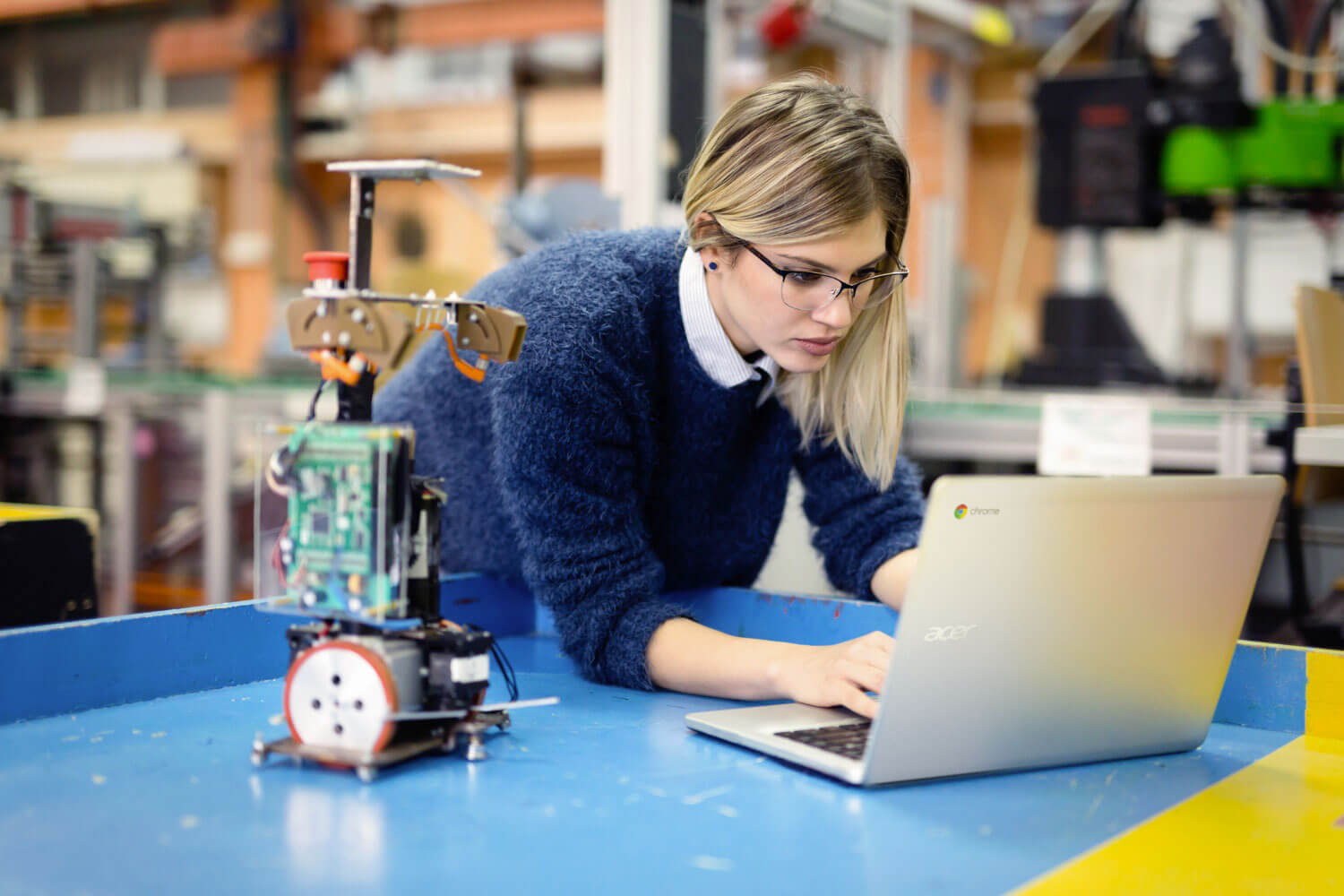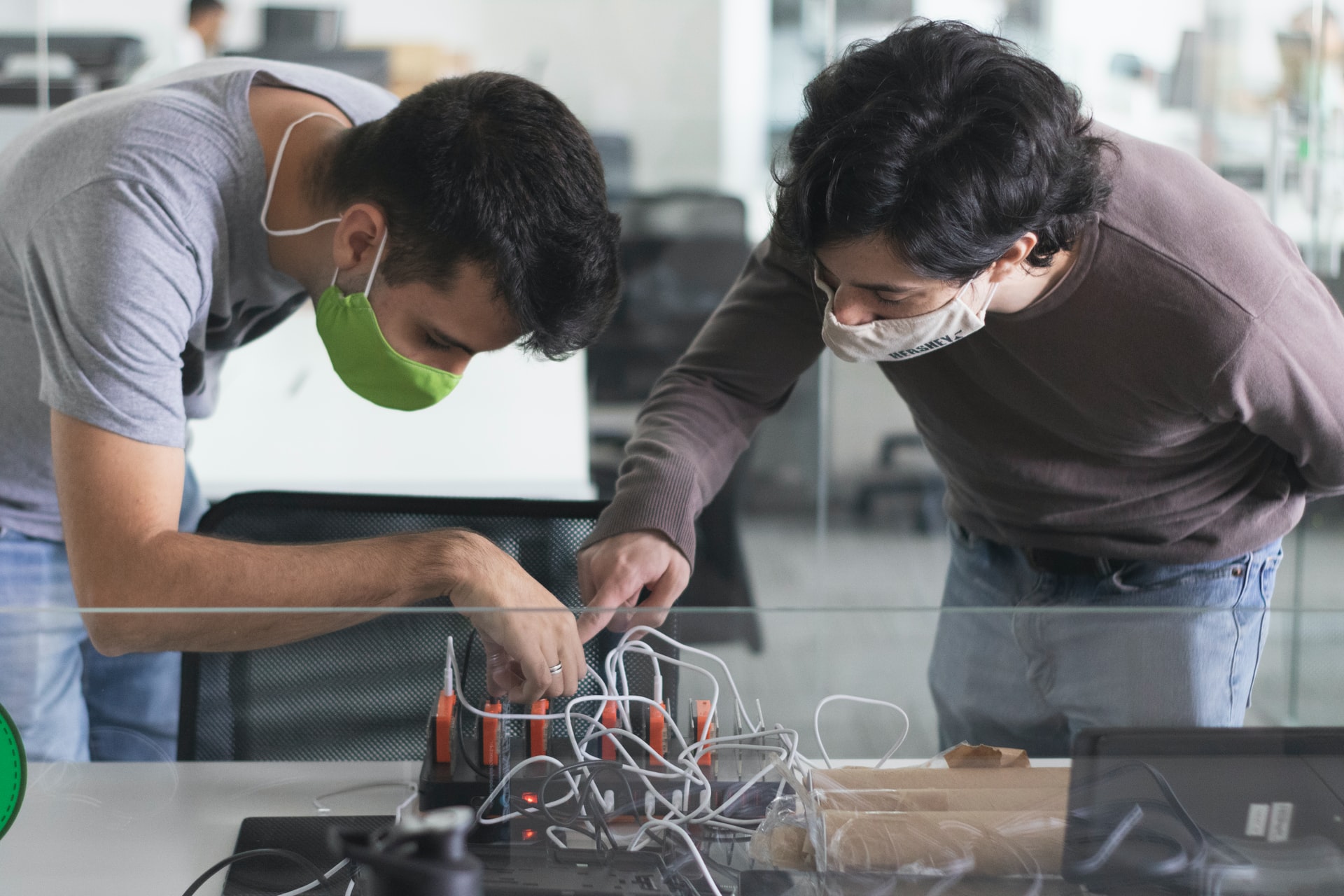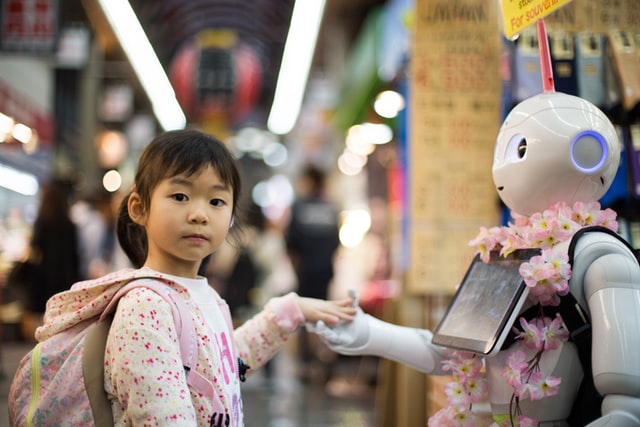RobotLAB Blog
Everything You Need To Know About Robotics in Businesses
Pursuing Education to Score a Robotics Career in Government
By Devin Partida
Because of today’s advanced technology, robots are the next big thing. Robots can help streamline processes and reduce human error, and a job in robotics can offer plenty of growth and a competitive salary.
If you are a robotics or STEM educator, here are some steps for helping students in their robotics career journey — especially if your students are interested in pursuing a robotics career within the government.
- 0 Comments
- Jul 20, 2022 8:42:42 AM
- Posted by Elad Inbar
- Topics: Robotics, EdTech, STEM, Artificial Intelligence, Robots,, AI, classroom, Inteligencia Artificial, school robots
How Educators and Millennial Parents Are Tackling EdTech Together
By Dan Matthews
 Photo by Julia M Cameron: https://www.pexels.com/photo/photo-of-woman-tutoring-young-boy-4145354/
Photo by Julia M Cameron: https://www.pexels.com/photo/photo-of-woman-tutoring-young-boy-4145354/
Let’s face it: Ours is truly the great age of technology. And while many parents may want their children to enjoy the simple innocence of childhood, free of the risks that an overreliance on tech can yield, the simple truth is that technology isn’t just a staple in the lives of children today, but it’s also inevitably going to form the cornerstone of their future success.
In other words, there’s just no denying the central importance of technology in the lives of children today. Millennial parents, however, understand perhaps better than most that this is by no means a necessarily bad thing. As the first generation of digital natives, millennials understand what it means to grow up with a device in your hands.
Best of all, they understand the unique power of technology as a learning tool. It is for this reason that millennial parents and educators are increasingly forging a potent alliance for the use of technology in education.
- 0 Comments
- Jun 29, 2022 10:00:00 AM
- Posted by Elad Inbar
- Topics: Robotics, EdTech, STEM, Artificial Intelligence, Robots,, Technology, AI, classroom, Inteligencia Artificial, school robots
6 Educational Grants That Could Let You Bring Robotics Into the Classroom
By Carla Jose
Image Source: Pexels
Robotics isn’t just a technology that’s suitable for manufacturing and other major industries; it also has applications in an education context. Of course robotics systems are not always affordable for the average school, college or university. So what grants and support schemes are out there which could bring high end systems within reach of average institutions?
- 0 Comments
- Jun 24, 2022 10:00:00 AM
- Posted by Elad Inbar
- Topics: Robotics, EdTech, STEM, Artificial Intelligence, Robots,, AI, classroom, Inteligencia Artificial, school robots
Hard & Soft Skills That Can Improve Your Robotics Education
By Devin Partida
There has never been a better time to pursue a career in robotics. The industry continues to grow every year in both value and size. To compete today, aspiring robotics engineers and professionals must have a comprehensive skill set. These hard and soft skills will improve your robotics education and help set you up for success in the robotics industry
- 0 Comments
- Jun 22, 2022 10:00:00 AM
- Posted by Elad Inbar
- Topics: Robotics, EdTech, STEM, Artificial Intelligence, Robots,, AI, classroom, Inteligencia Artificial, school robots
The Future Is Here: How Artificial Intelligence Can Improve Your Studies
By IvyPanda
Artificial intelligence has had an enormous impact on many aspects of our lives, including education. Even UNSECO has acknowledged it! In 2019, they’ve created the Beijing Consensus on Artificial Intelligence and Education, which includes recommendations on using such software in classrooms. As you can see, AI is here to stay.
- 0 Comments
- Jun 15, 2022 12:34:16 PM
- Posted by Elad Inbar
- Topics: EdTech, STEM, Artificial Intelligence, AI, Inteligencia Artificial
The Future of Medical Education Relies on AI & Robotics
By Devin Partida
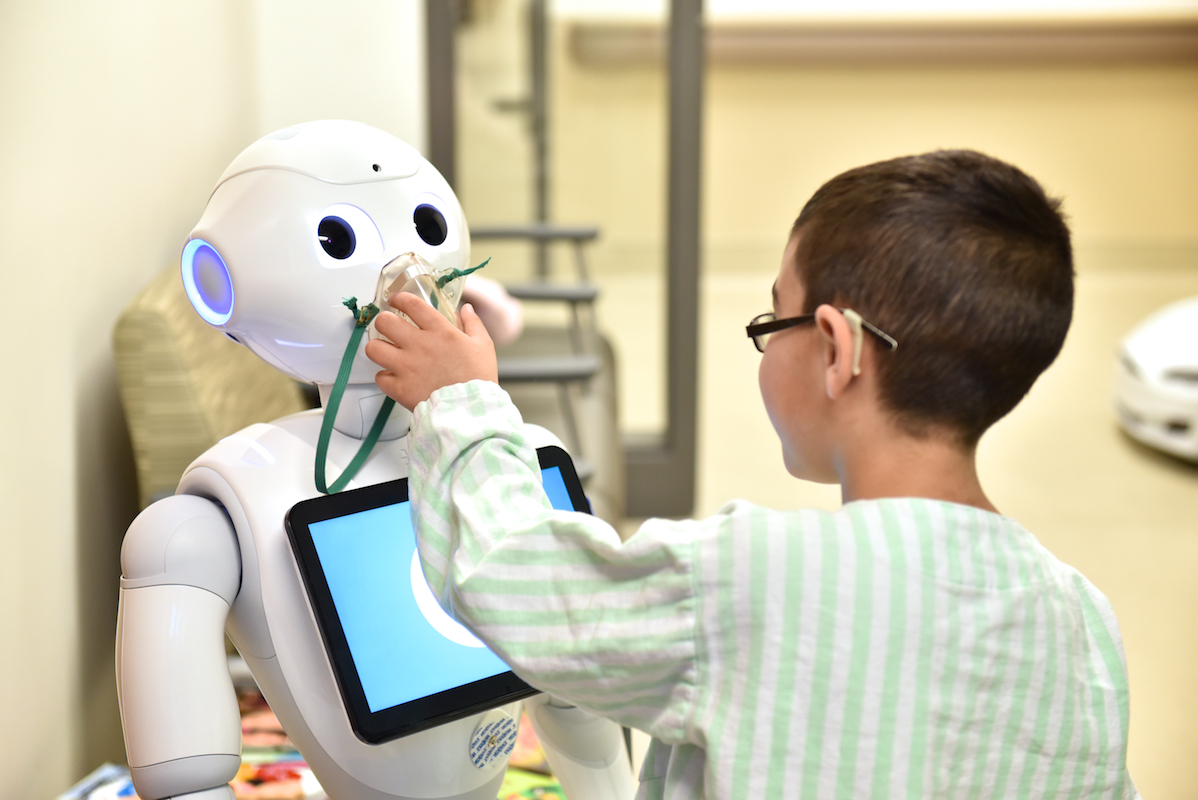
Medical education is not something obtained easily or quickly. Traditional medical education requires a four-year undergraduate program, a four-year graduate program in medical school, and a residency that can take anywhere from three to seven years, not to mention the tests necessary to practice medicine in the state they live in. Everything from basic treatments to delicate surgeries requires practice.
While some of these procedures can be practiced on cadavers or dummies, the best education comes from hands-on experience. However, these experiences aren’t always available. How can we ensure the next generation of medical professionals has the training and education to care for future patients? What role will artificial intelligence (AI) and robotics play in the future of medical education?
- 0 Comments
- May 20, 2022 10:30:00 AM
- Posted by Elad Inbar
- Topics: EdTech, STEM, Awards, Expeditions, VR, Realidad Virtual, Google Expeditions, Virtual Reality, virtual learning, Expeditions 2.0
5 Innovative Skills Children Get With Robotics
By Nancy Howard
Robotics is already used by schools all around the world. Machines such as RobotLAB’s Pepper Robot are the primary examples of what robotics ideally looks like in practice and how it can be applied in different activities.
Indeed, children find robots interesting and programming them entertaining. Robot kits like Lego Mindstorms have become popular precisely for those reasons. But why exactly should children be taught robotics? Here are the five innovative skills children can get with robotics.
- 0 Comments
- Apr 15, 2022 1:03:13 PM
- Posted by Elad Inbar
- Topics: EdTech, STEM, Awards, Expeditions, VR, Realidad Virtual, Google Expeditions, Virtual Reality, virtual learning, Expeditions 2.0
VR Expeditions 2.0 is The 2022 Cool Tool Winner by The EdTech Awards Under the AR/VR Solution Category!
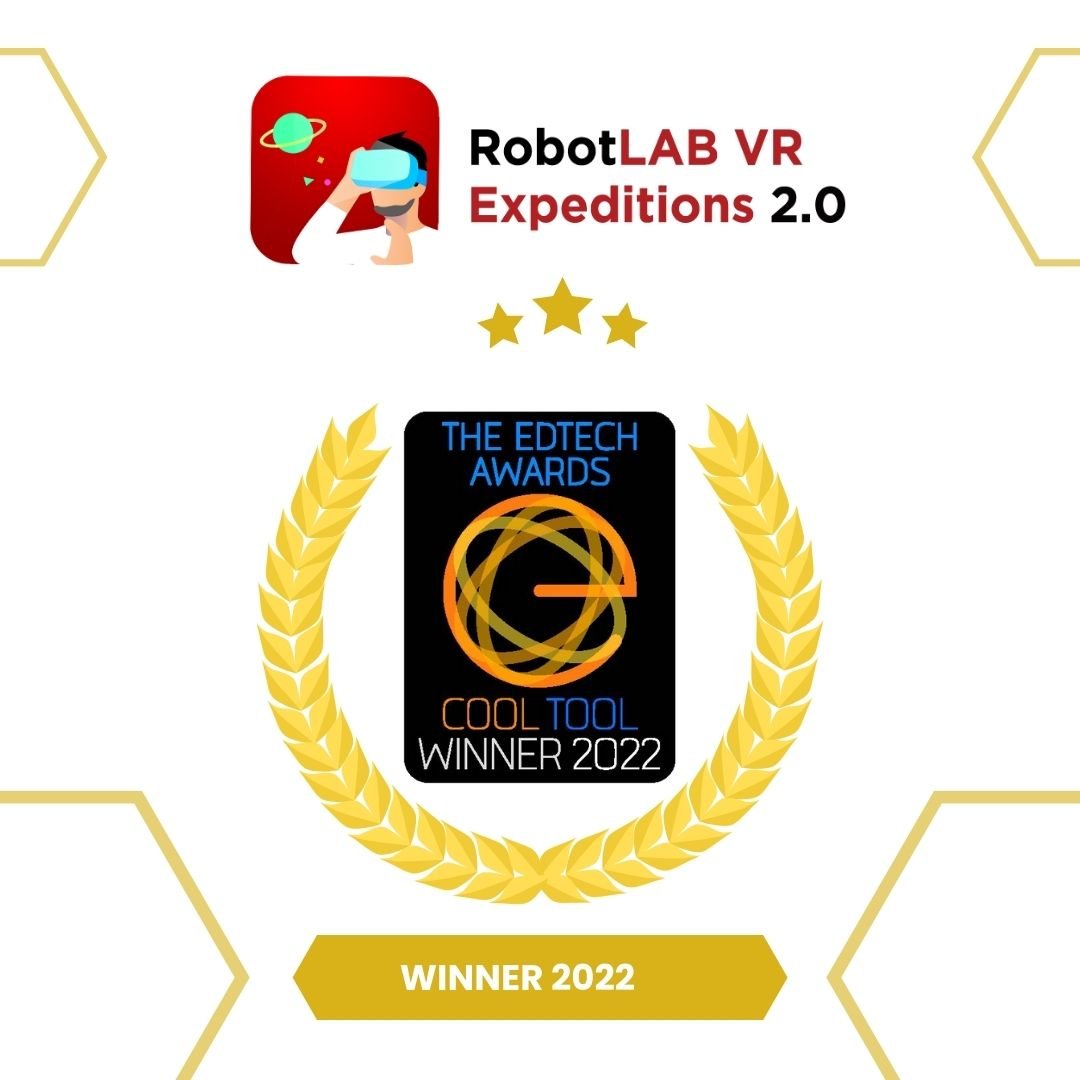
.png?width=1380&name=image%20(9).png)
RobotLAB is so excited to announce that the VR Expeditions 2.0 app is the Cool Tool 2022 winner by the EdTech Awards under the AR/VR solution category!
RobotLAB VR Expeditions 2.0™ is inspired by the great work Google did, and following feedback from thousands of educators, RobotLAB created a VR tool tailored to educators’ needs.
- 1 Comments
- Mar 31, 2022 1:33:09 PM
- Posted by Elad Inbar
- Topics: EdTech, STEM, Awards, Expeditions, VR, Realidad Virtual, Google Expeditions, Virtual Reality, virtual learning, Expeditions 2.0
Integrating Robotics into Health Sciences Courses
By Dan Matthews
 Image Source: www.unsplash.com
Image Source: www.unsplash.com
The marriage between health science and technology has been a long and happy one. However, that union has perhaps never been more important than it is today. Now, more than ever, state-of-the-art technologies, from bioengineering to artificial intelligence (AI), are playing a leading role in optimizing patient care, supporting healthcare providers, and expanding the scope of medical knowledge.
Among the most significant and promising of these technologies in the domain of health, sciences are robotics.
These technologies are not only increasingly being used in clinics, hospitals, and operating rooms, but also in health sciences classrooms at every level, including primary, secondary, and post-secondary education. This article explores the reasons why you should begin integrating robotics into your health sciences courses and identifies key strategies for doing so.
- 0 Comments
- Mar 14, 2022 10:00:00 AM
- Posted by Maria Alejandra Calcetero
- Topics: Robotics, EdTech, STEM, Education, code, 21st Century Classroom, Special Education, Artificial Intelligence, data literacy, Coding, Robots,, students, programming, Technology, VR, Realidad Virtual, STEMchat, Edchat, AI, k12, Virtual Reality, virtual learning, classroom, Inteligencia Artificial, Literacy, STEM literacy
Why Tech in Education Must Become More Accessible
By Dan Matthews
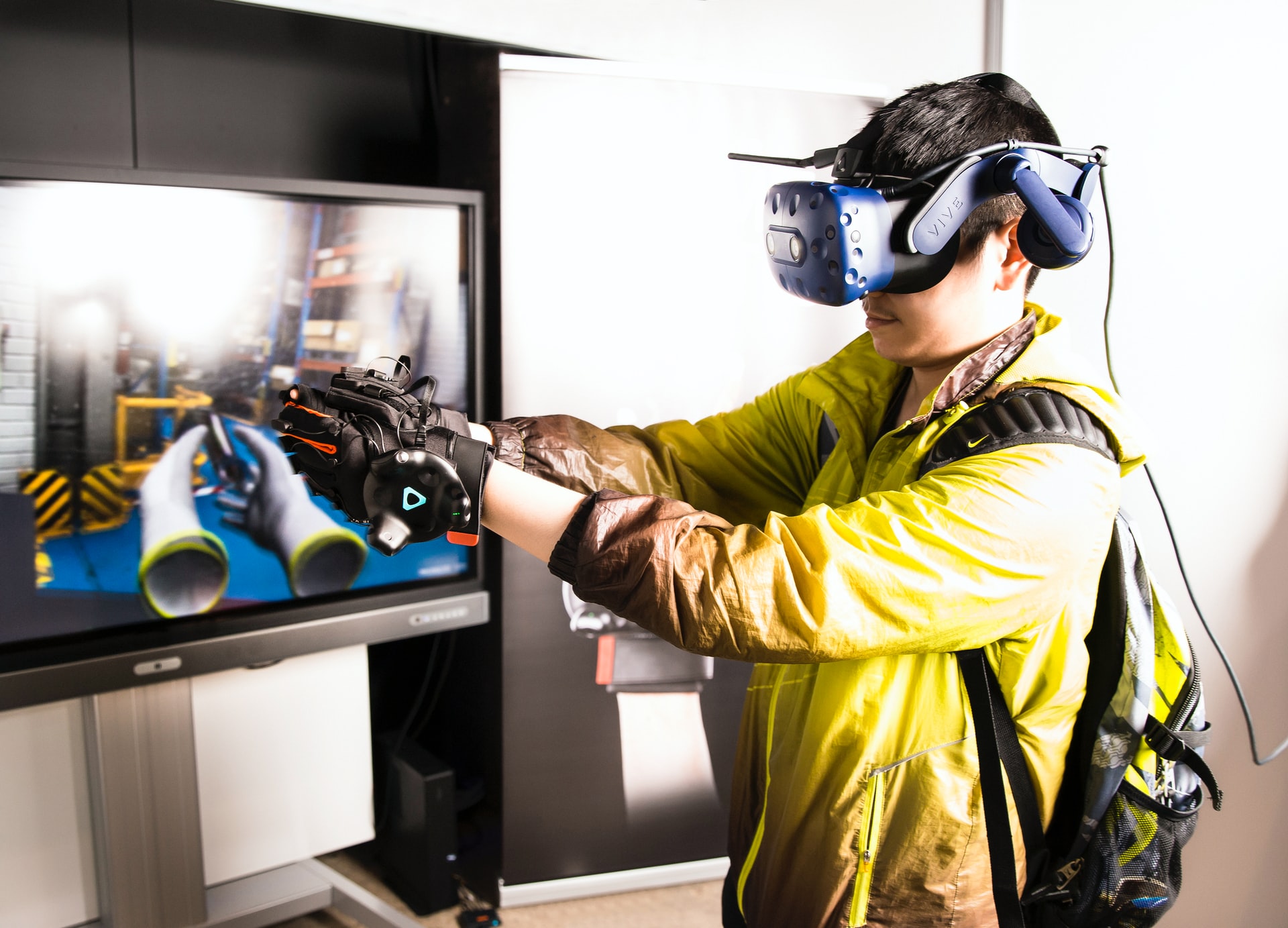
All children deserve the right to be set up for success, and one of the ways children are prepared to do their best in school is based on their access to technology. Technology is a great equalizer for all children, and all children can become better learners through the use of technology — especially children with disabilities. Despite this benefit of technology in the classroom, however, not all technology is accessible to all children. How can parents and educators ensure all students, no matter their ability, receive the best education they can?
- 0 Comments
- Feb 24, 2022 10:00:00 AM
- Posted by Maria Alejandra Calcetero
- Topics: Robotics, EdTech, STEM, Education, code, 21st Century Classroom, Special Education, Artificial Intelligence, data literacy, Coding, Robots,, students, programming, Technology, VR, Realidad Virtual, STEMchat, Edchat, AI, k12, Virtual Reality, virtual learning, classroom, Inteligencia Artificial, Literacy, STEM literacy
Relevant Posts
- Augmented Reality: A Tool for Teaching Students Robot Programming
- Fostering Innovation Through Youth Education in STEM and EdTech
- How Parents Can Foster STEM Learning Beyond the Classroom
- How Robotics Cultivates a Deep Understanding of Mathematics in Students
- RobotLAB Receives EDTech Chronicle 2023 ‘BESTIE’ Award for Landmark Partnership with American Samoa Dept. of Education.
Subscribe to Email Updates
-
I Want To Learn MoreADDITIONAL INFORMATION

